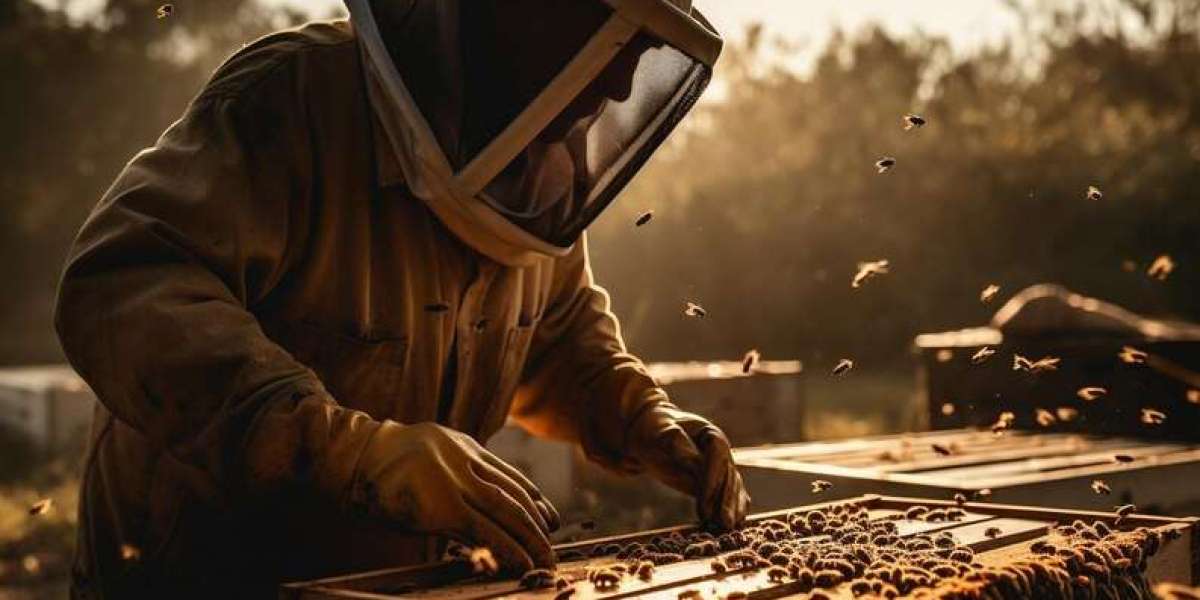Introduction
Requeening a hive is an essential process for beekeepers to maintain a healthy and productive colony. Whether you're a beginner or an experienced beekeeper, knowing how to requeen a hive is crucial for the overall success of your beekeeping venture. In this article, we will provide you with a step-by-step guide on requeening a hive, ensuring that you have all the necessary information and techniques to carry out this procedure effectively.
Understanding the Importance of Requeening
Requeening a hive involves replacing the existing queen bee with a new one. This process is necessary for several reasons, including:
- Genetic Improvement: Requeening allows beekeepers to introduce queens with desirable genetic traits, such as increased honey production, disease resistance, and gentle behavior.
- Colony Vitality: As queens age, their egg-laying capacity decreases, leading to a decline in colony population. Requeening ensures a rejuvenated and vigorous colony.
- Disease Management: Requeening can help control the spread of diseases and parasites within the hive, as new queens are less likely to carry pathogens.
Assessing the Need for Requeening
Before initiating the requeening process, it's crucial to assess whether your hive requires a new queen. Look out for the following signs:
Queen Performance Evaluation
Evaluate the performance of the existing queen by considering factors such as:
- Egg-Laying Pattern: Check if the queen lays eggs in a consistent pattern, ensuring a healthy brood population.
- Brood Quality: Inspect the brood cells for signs of abnormalities, such as spotty brood or uncapped cells.
- Temperament: Observe the behavior of the queen. Aggressive queens or those exhibiting poor temperament may need replacement.
Queen Age Consideration
Queens have a natural lifespan, and requeening is necessary when the queen reaches a certain age. Typically, queens should be replaced every one to two years to ensure optimal colony productivity.
Preparing for Requeening
Once you've determined the need for requeening, it's important to make the necessary preparations:
Queen Source
Source a high-quality queen from a reputable breeder or supplier. Consider factors such as genetics, disease resistance, and adaptability to your local environment when selecting a queen.
Queen Introduction Techniques
There are various techniques to introduce a new queen to the hive, including the Candy Plug Method and the Cage Introduction Method. Choose the method that suits your preferences and experience level.
Replacing the Queen
Now comes the crucial step of replacing the existing queen with the new one. Follow these steps carefully:
Queen Removal
Remove the old queen from the hive using a queen excluder or other suitable methods. Ensure that the old queen is safely removed without causing harm to her or the colony.
Introducing the New Queen
Follow the chosen queen introduction method to safely introduce the new queen to the hive. Monitor the process closely to ensure acceptance and smooth integration.
Conclusion
Requeening a hive is an important task that beekeepers should master. By following the step-by-step guide provided in this article, you can confidently requeen your hive and foster a healthy and thriving colony. Remember to assess the need for requeening, make appropriate preparations, and execute the process with care. With these techniques in your beekeeping toolbox, you'll be well-equipped to maintain productive and resilient hives.









